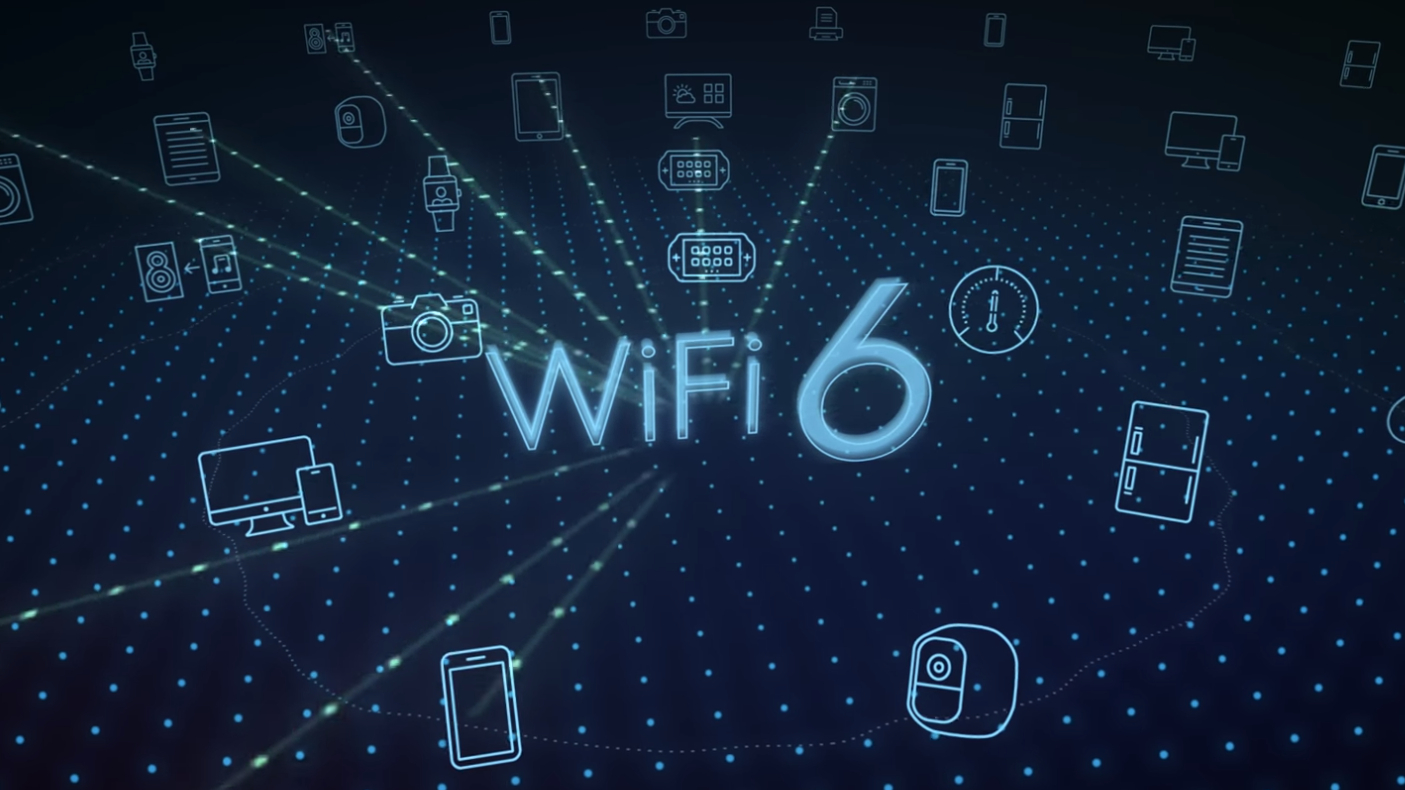Half of Wi-Fi kit in 2024 will support Wi-Fi 6
Wi-Fi 6 is opportunity for broadband and mobile operators

More than half of Wi-Fi devices sold in 2024 will support the Wi-Fi 6 standard, opening up a range of possibilities for mobile and broadband providers.
Earlier this year, the Wi-Fi Alliance decided to adopt a more consumer-friendly nomenclature, ditching technical standards like ‘Wi-Fi 802.11ac’ for a more generational approach. This means that the next major iteration of the technology – Wi-Fi 802.11ax – will be known as ‘Wi-Fi’ 6.
Among other things, Wi-Fi 6 enables faster speeds, increase capacity and improved performance in congested areas or during periods of high demand. Wi-Fi 6 kit will also support speeds of up to 10Gbps.
- 5G: Everything you need to know
- Wi-Fi 6 certification program sets minimum standard
- Early 5G networks are more than two times faster than 4G
Wi-Fi 6 growth
For broadband providers, Wi-Fi 6 will allow broadband providers to improve Wi-Fi speeds in the home, reducing churn, and enable them to differentiate their services with additional offerings such as smart home.
ABI Research predicts that demand for higher speed applications that require lower latency will see sales of wireless consumer premise equipment (CPE) reach 254 million, more than half of which will support Wi-Fi 6.
“Many applications, including video streaming, gaming, and smart home applications, are simultaneously used by home broadband users from multiple devices,” says Khin Sandi Lynn, an analyst from ABI Research
“As gigabit-speed broadband service is already available to many residential broadband users, consumers are increasingly demanding faster whole-home Wi-Fi coverage with reliable, high throughput.”
Are you a pro? Subscribe to our newsletter
Sign up to the TechRadar Pro newsletter to get all the top news, opinion, features and guidance your business needs to succeed!
Equipment manufacturers and many telecoms operators believe Wi-Fi 6 will be a complementary technology to 5G, aiding the creation of converged network services.
Specifically, convergence will see the lines between wireless and cellular connectivity blurred, allowing operators to seamlessly move traffic between networks while maintaining a high level of control and visibility. The end user should benefit from a superior experience and better connectivity.
The Wireless Broadband Alliance (WBA) has previously published guidance and a set of minimum specifications in order to stimulate adoption.
- The best Wi-Fi extenders of 2019
Steve McCaskill is TechRadar Pro's resident mobile industry expert, covering all aspects of the UK and global news, from operators to service providers and everything in between. He is a former editor of Silicon UK and journalist with over a decade's experience in the technology industry, writing about technology, in particular, telecoms, mobile and sports tech, sports, video games and media.